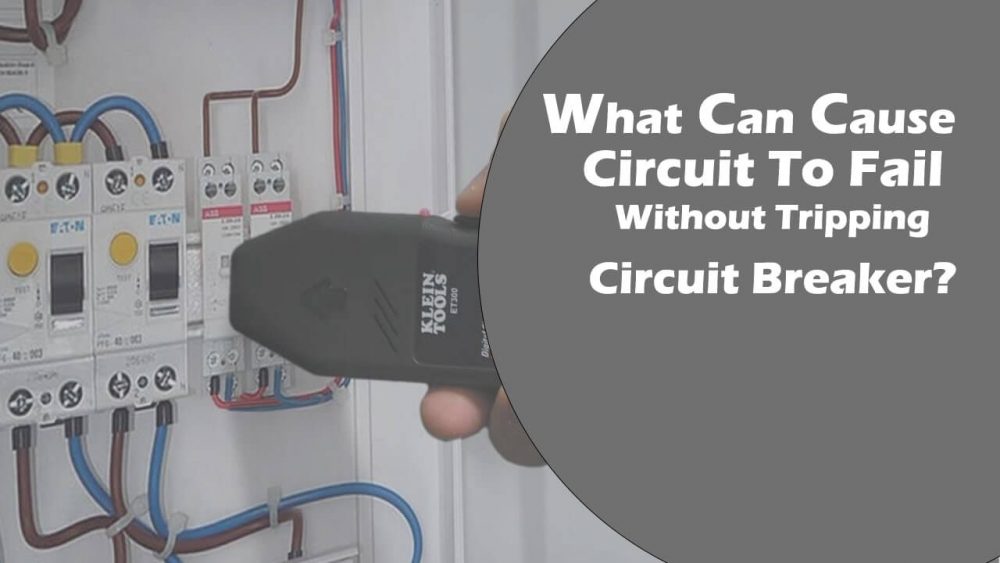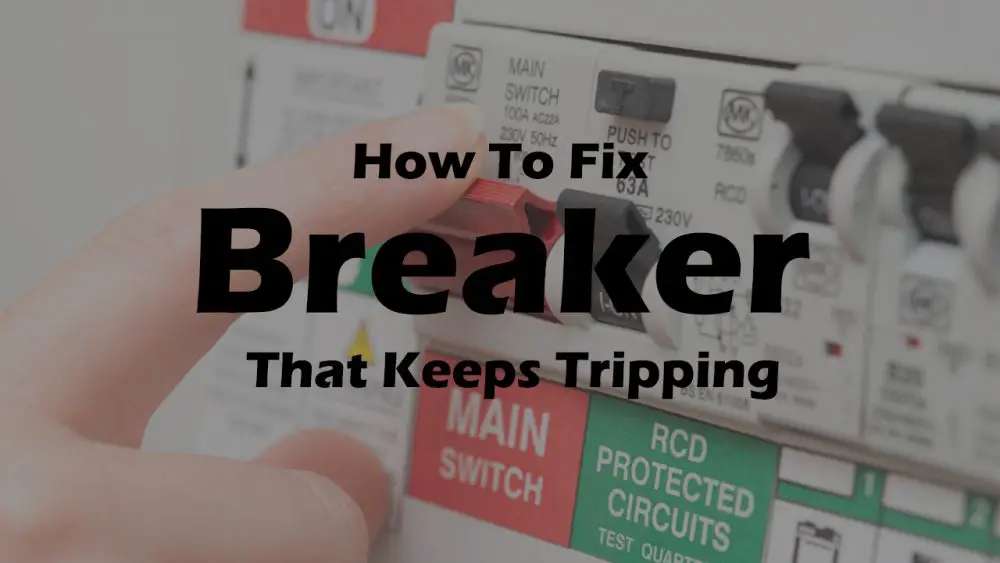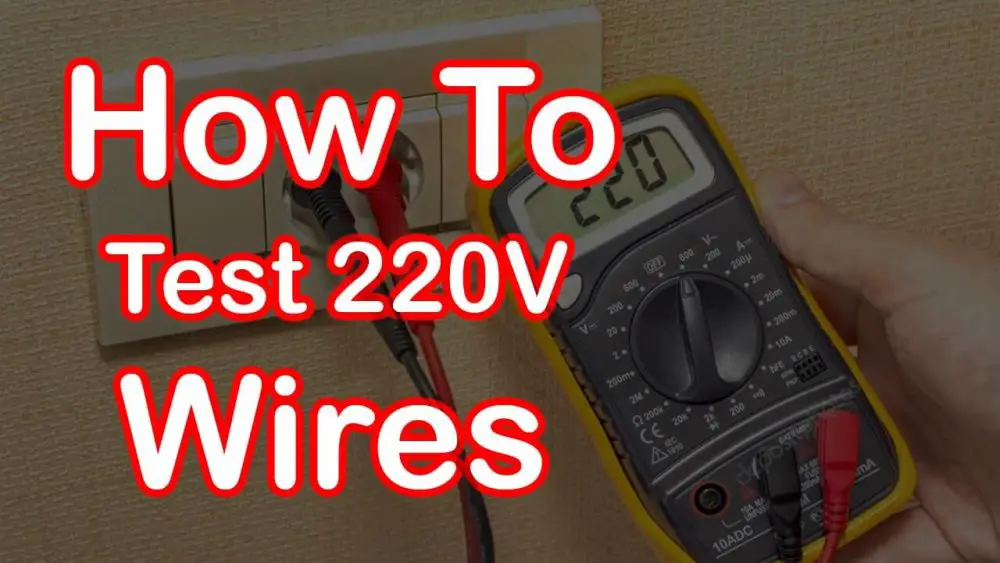Can A Circuit Breaker Fail Without Tripping?
If a Circuit Breaker Fails to trip, it indicates the faulty circuit breaker or the circuit itself. There are certain causes of failure; It can be damaged wiring or It could be irregular voltages and it might be overheating wires. Before going into depth we should learn about a circuit breaker mechanism, then we will discuss related causes of failing to trip the circuit breaker. Circuit breakers are safety devices that interrupt the flow of a current to a circuit.
If there is either a gradual increase in load or a short circuit. Which trips the breaker instantly. The most common times for a breaker to trip is when either cooking or for most girls when blow-drying their hair. But the whole purpose of a circuit breaker is to prevent a fire from happening in the first place. So we know they are on a trip.

Table of Contents
what happens inside the circuit breaker when it trips?
That’s what I’m trying to figure out. So in this article, we are going to replicate:
Two types of circuit breaking faults
- The first one is going to be a Slow blow or an overload.
- The second one is going to be a complete Short Circuit.
Failure to trip the circuit breaker can be due to an internal malfunction within the breaker itself.
Inside Structure of the circuit breaker we find a couple of key components
- The actuator mechanism.
- The terminals where we make the wire connections.
- Thermal magnetic strip.
- And last but not least. the lever that we use to turn the circuit breaker on or off. & reset it in case it trips.
How a Circuit Breaker Works
We now have too many appliances running on one Outlet. Which created a situation where the current draw of the appliances. Exceeds the amperage rating of the circuit breaker. This overcurrent condition heats up the bimetallic element changing its shape to the point where it releases the lever and trips the circuit breaker and interrupts our circuit.
Our circuit breaker just came apart somehow. Instinctively for safety double-checked it’s unplugged. What we do know is trying to put the lever back together. It looks like the spring is what holds all these components together. This spring has to be like a 5lb spring that is a lot of tension. This is going to be our last Slow blow before our Short Circuit. Our circuit breaker is now tripped. And that’s what it looks like when a circuit breaker trips.
So we are going to reset this breaker. Let’s take a look and see what it looks like when you reset it. To reset a tripped breaker. A lot of people get confused with this. You first have to turn it off. What the lever is doing inside it is separated, and then you turn it on now our circuit is closed and we’re ready for the next take.
Next thing we are going to do to replicate a short circuit, a complete Short Circuit.
It seems crazy. But we are going to do it really simple just to learn. We are just going to get two wires and touch them together. Which is going to be a realistic replication of a short circuit and see what the breaker does. The first thing we are going to do is get the welding mask and gloves for safety. Our dollar store extension cord. We are going to unplug our appliances and plug-in our extension cord. Here is the short circuit condition.
Now in a short circuit condition, this breaker does something pretty amazing, there is so much current passing through that strip. It creates a strong magnetic field that pulls that lever opens almost instantly, we found it mind-boggling how fast this actually happens. After watching the overload and the short circuit scenarios.
The one thing we notice is that this particular breaker, which is the most common household type, seems to be thermal magnetic. What that means is they have combined two mechanisms in one.
-A thermal overload for gradual over current situations.
-And a magnetic device for situations that need to be interrupted immediately. That’s how a circuit breaker works.
How to check a Bad Circuit Breaker
Open the box panel to gain access to the breakers.
It would be best if you had the best multimeter, plug the black wire into the common COM port and attach the red wire to the Voltage V port. Would you mind making sure the meter is in its Ohm position?
Touch the red probe against the screw of the circuit breaker you need to check.
Touch the black probe to a neutral metal case which is the neutral bar on the circuit breaker. The bar is in white screws and white wires to indicate it is neutral. So if the Circuit breaker is faulty then the reading on the multimeter screen would be zero.
Signs of a Bad Circuit Breaker
- Flickering of electric light bulbs in your home:
- Light bulbs become fused frequently.
- Poor performance of electronic or electrical appliances.
- Broken electrical wires.
- Presence of a burning smell in the house.
- The feeling of the panel box heats up.
- The circuit breaker is tripping again and again.
How to tell if a Circuit Breaker is not working
This is an easy task. Just go to check the panel box of the house. Try to rest the circuit breaker lever, it will instantly trip again, to confirm it, take out the circuit wire from the panel. Reset the circuit breaker again, if it is tripping instantly again that means the breaker is bad and it is not working.
Frequently Asked Questions
A good circuit breaker lasts for a long, but when you see the circuit breaker tripping frequently it gives a burning smell. When you touch the circuit breaker it feels hot. Or any black debris coming out. These signs show your circuit breaker needs to be replaced.
Generally, because of bad wiring or short wiring, the Circuit breaker trips again and again. Due to repeatedly tripping the circuit breaker going to be weak, and it needs to be replaced if it happens frequently.
Conclusion
The article defines the mechanism of a circuit breaker, the detailed function or the mechanism of normal tripping, and the structure of a circuit breaker, just to know how does it works and what are the types of faulty breaker, and we describe our best for your knowledge the signs of a bad circuit breaker, and how to check a bad circuit breaker and when should it to be replaced. With these precautionary measures, you can safe electrical breakdowns, with due knowledge of certain signs and check systems.
Related posts:
How to find what is tripping my circuit breaker?




